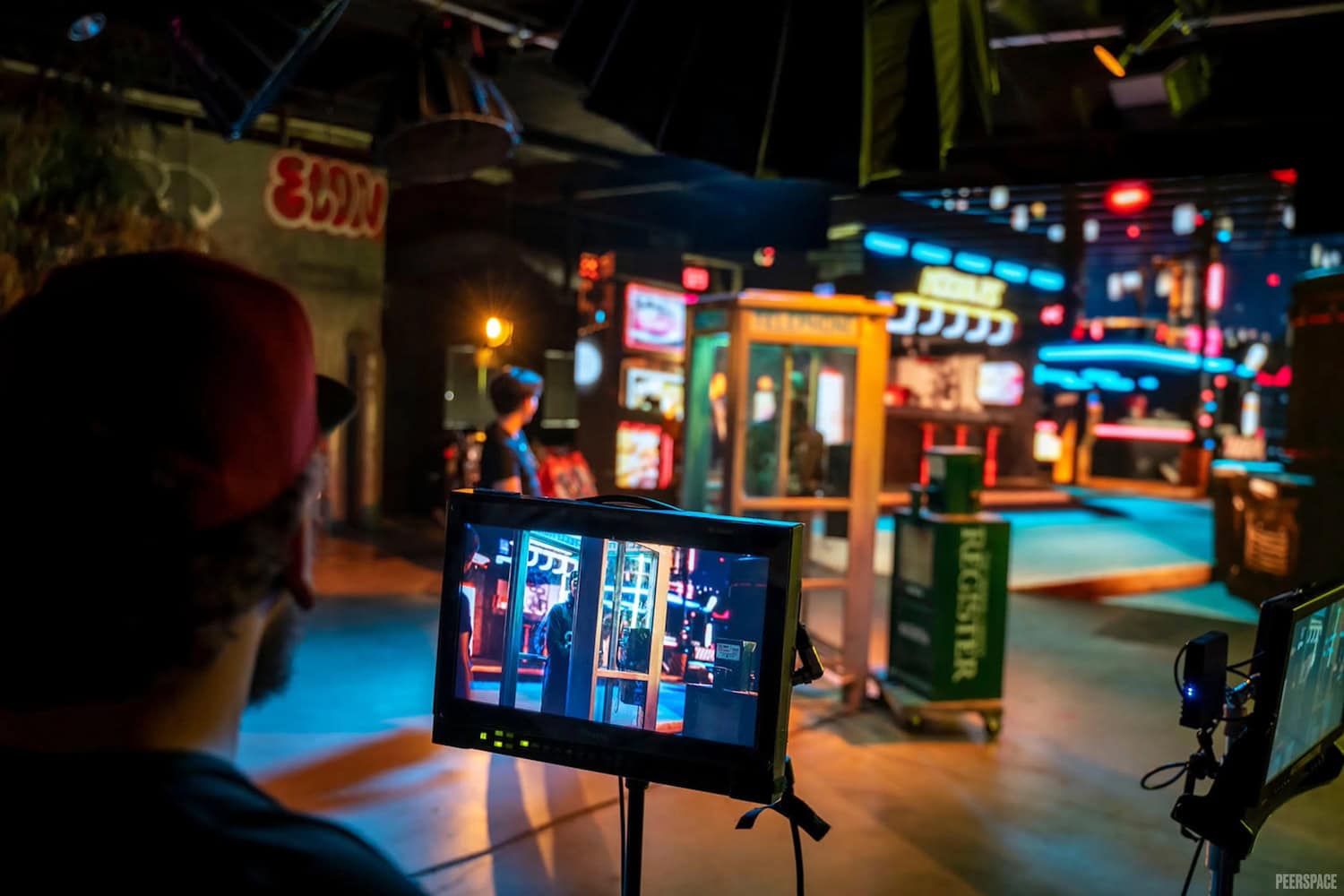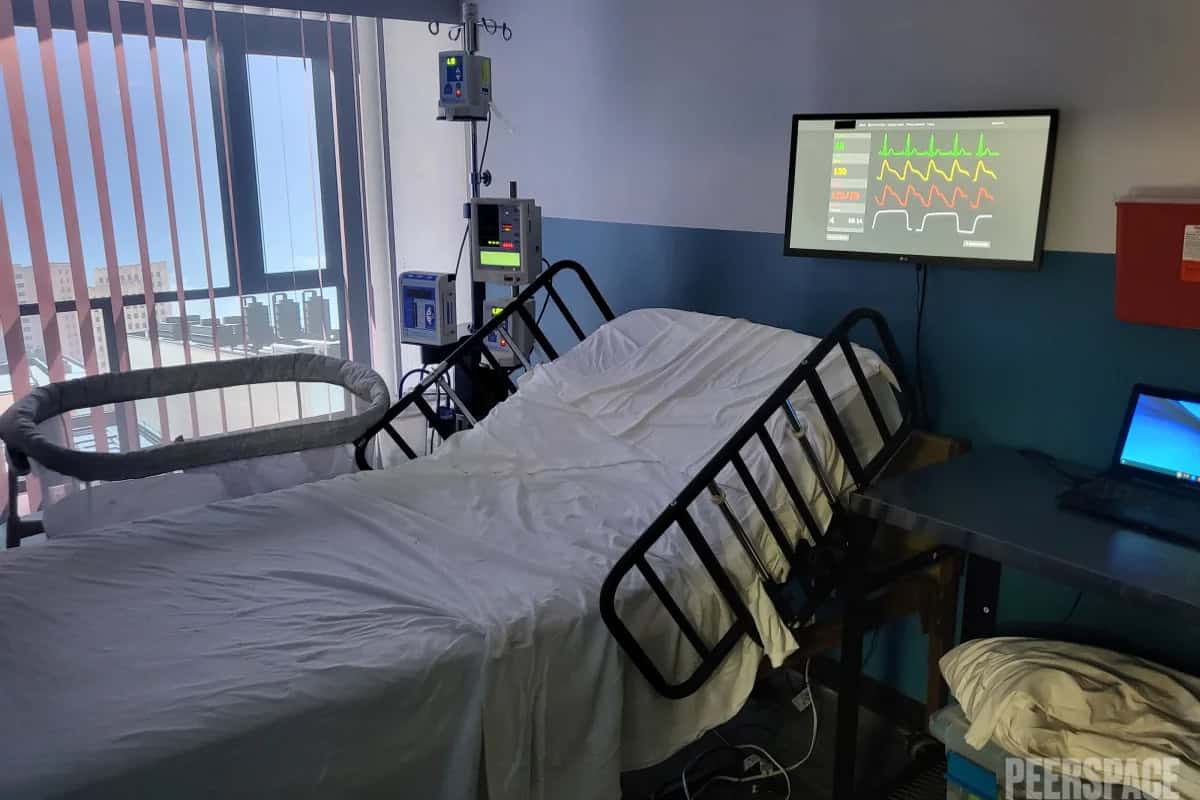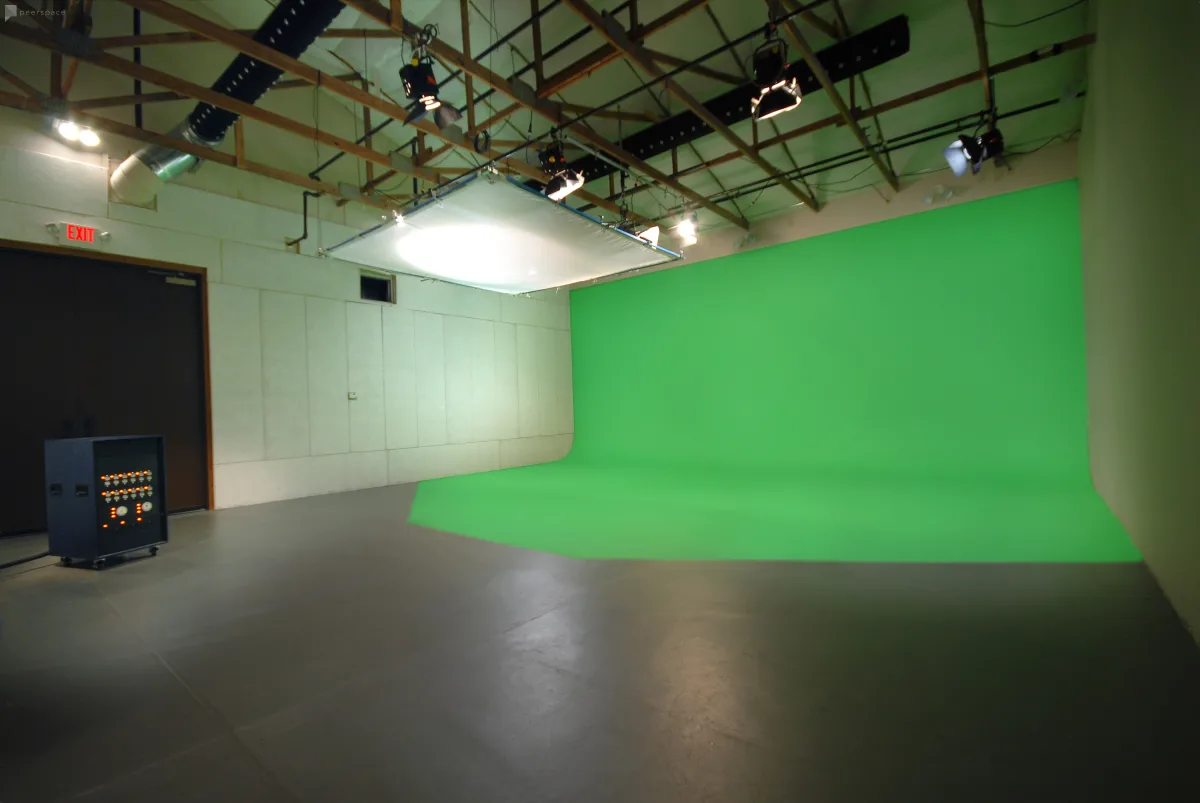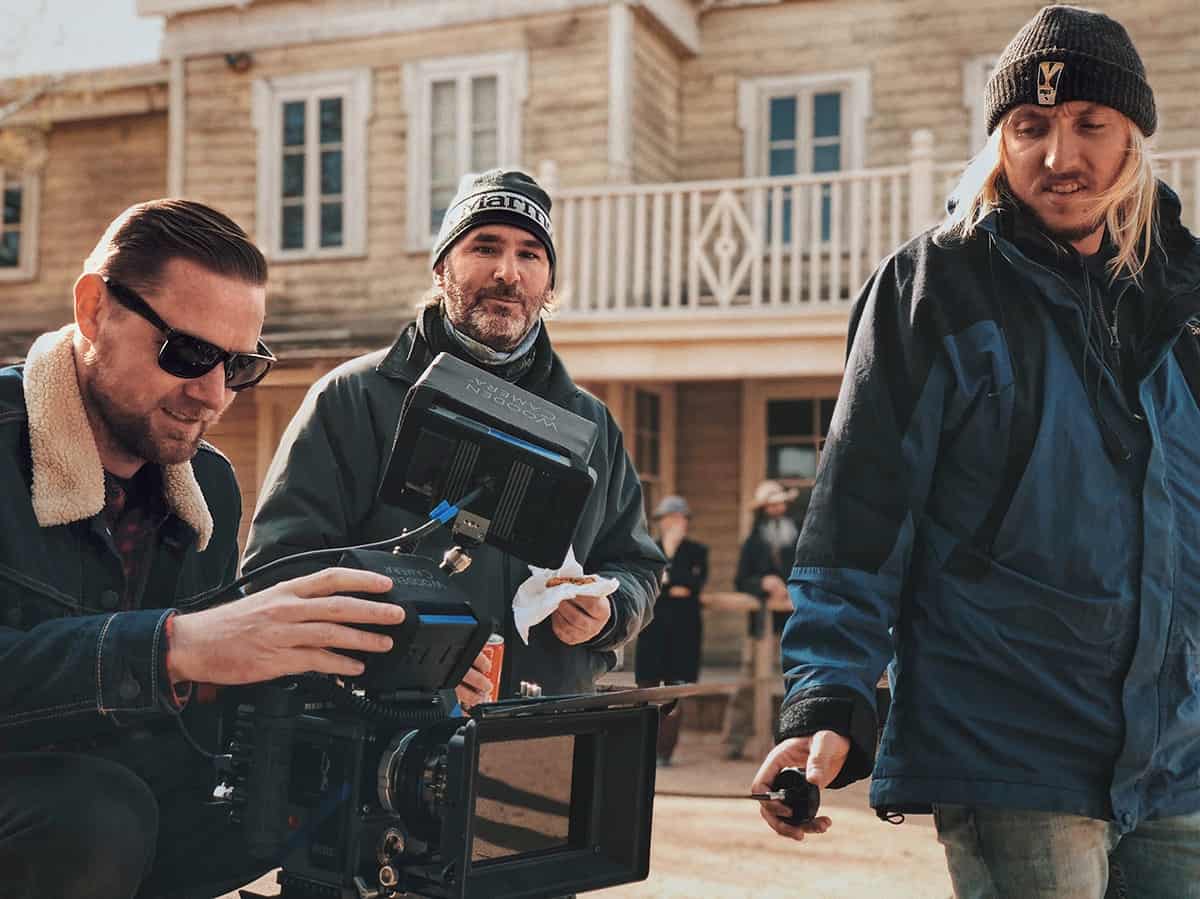
Source: Unsplash / @seemurray
Wondering what does a producer do, exactly? At Peerspace, we get it! While “producer” is a common title we encounter in film and TV series, it remains a mysterious role to most of us. However, if you’re entering the film or television industry, knowing what a producer does is crucial.
In general, a successful producer brings a script from development to distribution. A producer’s job is the most vital during the development phase. This is when the material is prepared for production and determines how successful the film will be. The more time and preparation a producer puts into pre-production, the more efficient and higher quality your production will be.
So, what does a producer do? Producers supervise day-to-day operations on set, oversee post-production, manage the marketing, and distribute their film. Ahead, we’ll discuss this in greater detail while discussing other aspects of filmmaking.
Types of producers

There are many different kinds of producers who are in charge of a variety of responsibilities, ranging from managing financial matters during pre-production to overseeing the post-production crew when it’s time to edit.
Let’s review a few types of producers:
- Line producer — The line producer manages the crew and day-to-day operations during the physical production on set.
- Co-producer — The co-producers are a group that has divided up the responsibility of what one single producer’s job would be among them.
- Executive producer — The executive producer oversees all other producers working on the production.
Developing projects
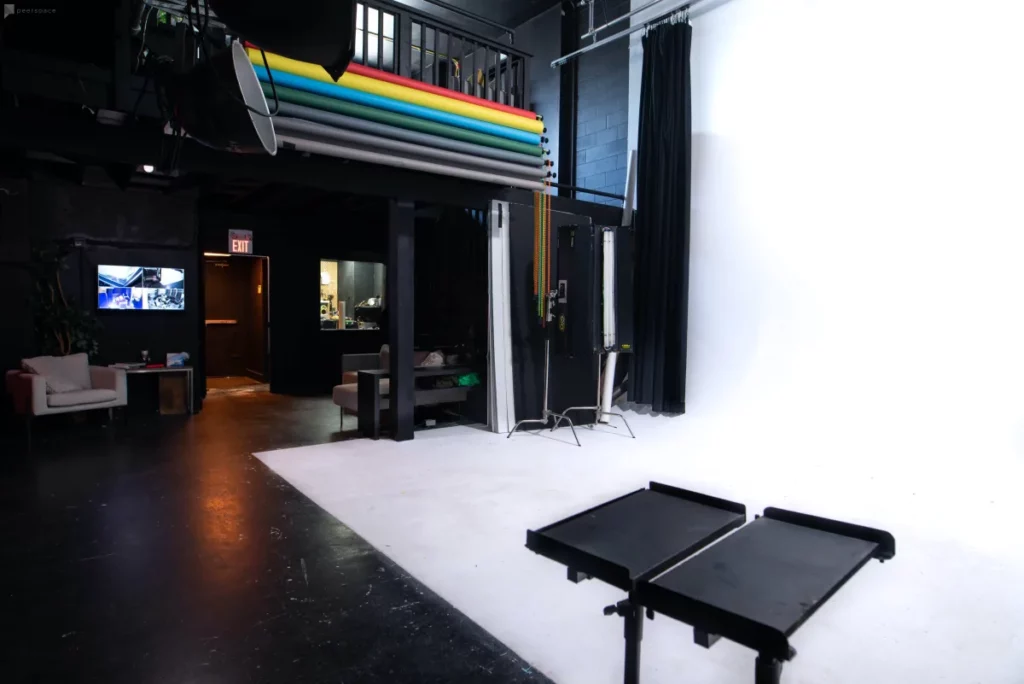
From pre-production to post-production, films can take years to produce. Make sure you choose a project you connect with and are passionate about because you will work on it for a while. All producers should be extremely familiar with all aspects of the scriptwriting process. High-earning producers have read thousands of scripts and can sniff out a seat-seller easily. However, this skill takes time and experience through reading a myriad of scripts.
Once you believe you have found a diamond in the rough, it is time to purchase and secure the rights to the script, which we will get into in the next section. The producer’s job also requires them to creatively develop the script with the writers and filmmakers during pre-production. This consists of monitoring changes happening in the script and giving back tons of creative criticism.
Securing rights

When adapting a film from a story that already exists, it’s important to appropriately secure rights to the content, even if the film is not for profit. This process of acquiring rights is called optioning.
When approaching the agent or author of the owned content, come prepared with your budget showing proof of how much money you are willing to spend. Unfortunately, optioning rights are going to be at a different price point for every project, so be ready to haggle and argue down the price.
Keep in mind that when you purchase the option, you only have exclusive film rights to the story. You do not have ownership of the story itself. Be sure to stay diligent about how you are using the story with your agreement. It is also a smart and safe idea to purchase errors and omissions (E&O) insurance, which is also known as professional liability insurance.
E&O protects filmmakers against intellectual property violations, plagiarism, slander, and defamation of character. The cost of errors and omission insurance ranges in price depending on the size of the production.
Manage finances

Films cost a considerable amount of money. Unless you are confident with funding your film out of pocket, there are film grant opportunities dependent on what state, city, or school you go to that can deliver significant financial aid to your production. It is always worth investigating what film grant options are around you before you go fund your film out of pocket.
Another way of financing a film that is very common in the industry is to find investors for your film. Investors purchase equity in the film, which you must pay if the film makes money. It is important that the producers maintain a positive relationship and show gratitude toward their investors. After all, they will most likely not make their money back.
Many investors put up money for productions because they will get a tax break if the film is established through a nonprofit organization. Advertising this tax break to investors will certainly help you fund your film.
Crowdfunding is also a great solution to save production money. Many online platforms allow producers to fund their films from patron donations. Make sure to set a reasonable goal and publicize it as much as possible.
Hiring and managing key team members

Hiring the right film crew can be daunting, but finding talented collaborators who will strengthen your production is crucial. The order in which the producer hires the crew is an important factor.
Three vital positions that the producer should seek out at the beginning of pre-production are:
- The director
- The director of photography (DoP)
- The 1st assistant director
After you fill those positions, it is time to hire department heads. Department heads are essential positions for production. Once hired, department heads will help seek out other crew members in their specific department, making the producer’s job easier.
The camera department head is the DoP, who should be the first of the department heads hired as they are a necessary part of creating the film’s visual strategy. They collaborate with the director in the form of writing a shot list and creating the storyboard.
Other department heads to hire after the DoP include:
- The art department
- The wardrobe department
- The grip department
- The sound department
- The location department
A word of advice on that last one: you can use the Peerspace platform to scout your own locations with ease. Peerspace is the largest online marketplace for hourly venue rentals, with amazing venues in cities across the globe.
Each venue has a dedicated listing page that includes upfront pricing, high-def photos, amenities and features, and reviews from past renters. You can also reach out to the venue’s local host with any questions or requests’
SAving money on filming locations by booking venues through Peerspace frees up your budget. It can help you save enough time and money to successfully hire all members you need for your crew.
Establish the budget and stick to it

You can usually identify a great producer by the quality of their organizational skills. One of the worst mistakes a producer can make is having a film go significantly over budget. This can often be the result of a lack of organization or general oversight.
Keeping a detailed and updated budget in check at all times is central to not going over. Double-check your calculations within the budget and play out scenarios in which you may pay deductibles from your production insurance.
Once you have set a fixed budget, stick to it. This is not as easy as it seems, especially for larger film productions. The more moving parts there are, the more mistakes are likely to happen. This is why it is always a smart idea to purchase production insurance — for example, instead of paying a colossal amount of money for a broken camera lens, you just have to pay a deductible.
Obtain production insurance
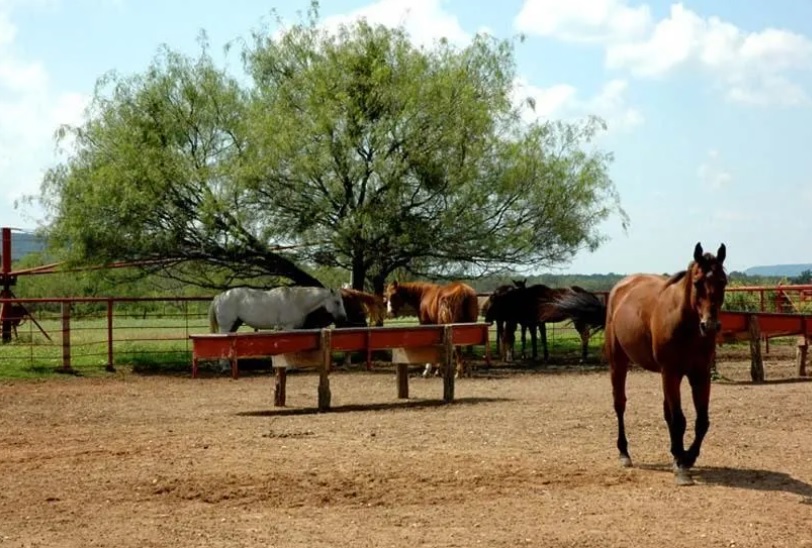
No matter how careful you are, accidents can happen. Productions go overtime, gear gets broken, and — in some cases — crew members can get injured. The purpose of production insurance is to protect filmmakers, their crew, and their production gear from liability claims.
Before a producer can purchase production insurance, they need to be familiar with all aspects of production. This includes all locations and their permit offices, crew members and their departments, and every piece of gear used for production.
The producer should have a detailed list of all of these necessary aspects of production to obtain insurance and keep the production on track.
Schedules production milestones

Producing can sometimes feel like a juggling act, as there are so many moving parts to keep track of simultaneously. The best way to keep yourself and the production on track is to set fixed milestones. Milestones are particularly helpful during pre-production and post-production because the actual shooting dates are usually rigid.
During development, set goal-oriented milestones, such as accomplishing all financing by a certain date. The same logic goes for post-production — set a date for when you need picture lock completed and stick to it!
Oversee post-production

From the first cut to the picture lock, the producer oversees all aspects of the post-production process.
In order to properly accomplish this, producers must have knowledge of post-production workflow and the steps it takes to complete a film.
The producer’s job is to ensure the film’s final cut is the best it can be. Ideally, you also want it identical to what the creators envisioned during development.
Market the project
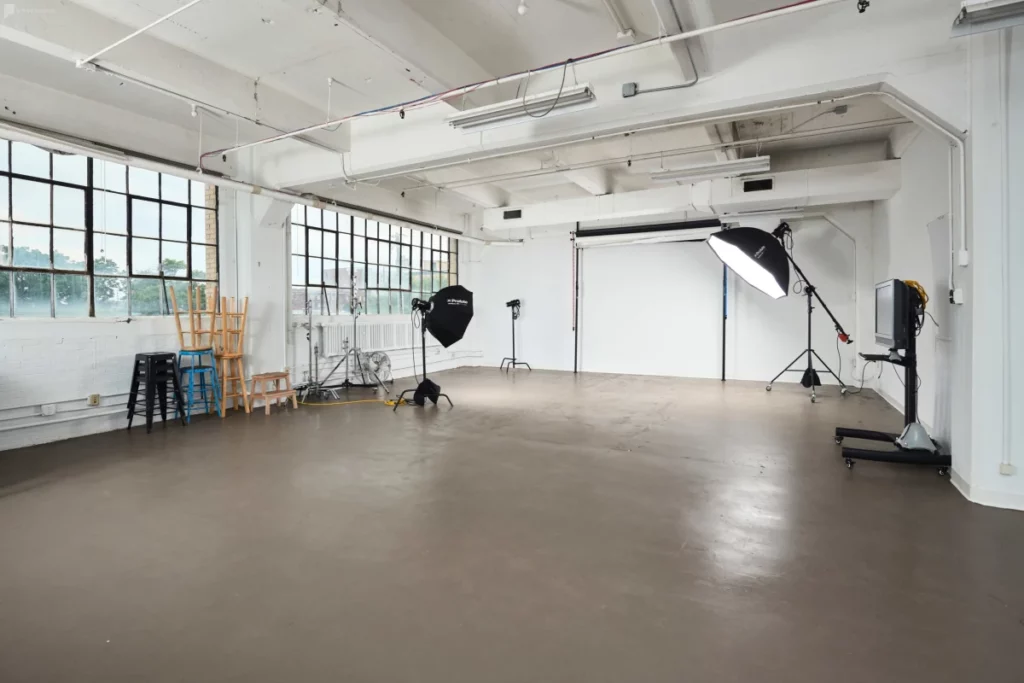
Once a film is completed, a miracle on its own, it is time to proceed with an advertisement and distribution strategy. In the time of social media and online networking, the ability to market a film and get it out to a select audience has become increasingly simple.
However, it is hard not to get your project diluted in the sea of other content being created every day. Try to adopt a strategy that is unique to your film and ensure you are trying to reach a certain target audience. Social media advertising algorithms will make your job much easier.
Once you have advertised your film and gotten eyes on it, send it through a festival circuit. It is often at festivals when distributors approach the filmmakers and producers about putting their content onto streaming services or television.
What does a producer do? Conclusion
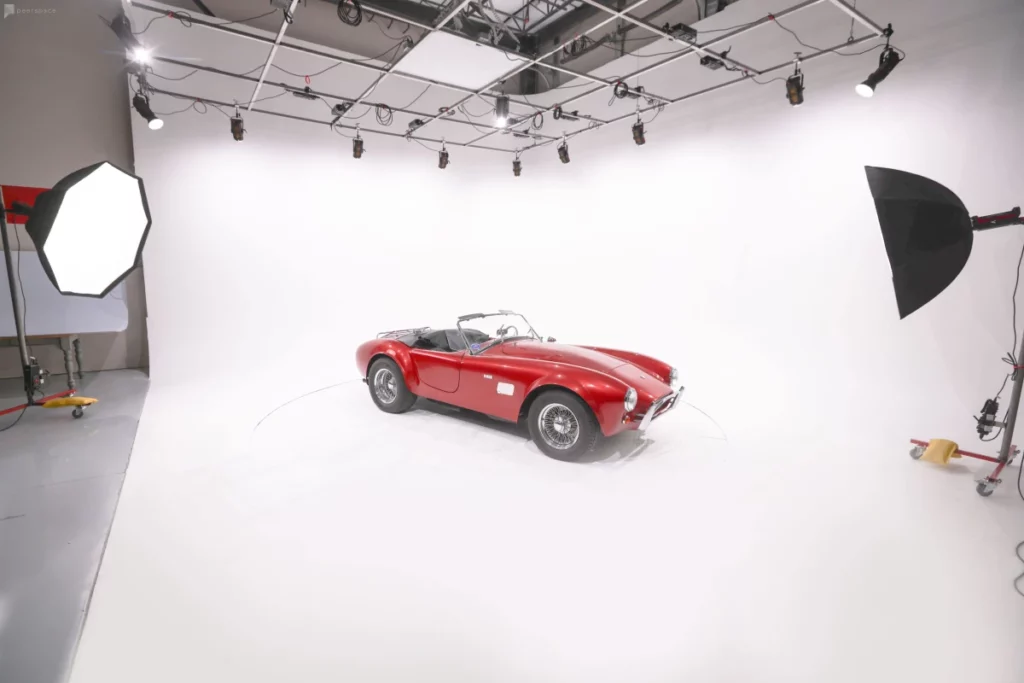
By now, you should better understand what a producer does. We’ve also discussed the different types of producers and their roles. We need to remind you of one more thing before signing off — finding the best production locations for your next creative project.
Peerspace is the number-one online marketplace for hourly venue rentals. Use our platform to discover hidden gem venues in cities across the globe, including professional production studios and other production-worthy spaces.
The photos on this page include links to actual Peerspace venues that you can book for your project today. Click them to learn more, or start your own search today.
Find unique production venues on Peerspace
Get together somewhere better
Book thousands of unique spaces directly from local hosts.
Explore SpacesShare your space and start earning
Join thousands of hosts renting their space for meetings, events, and photo shoots.
List Your Space

